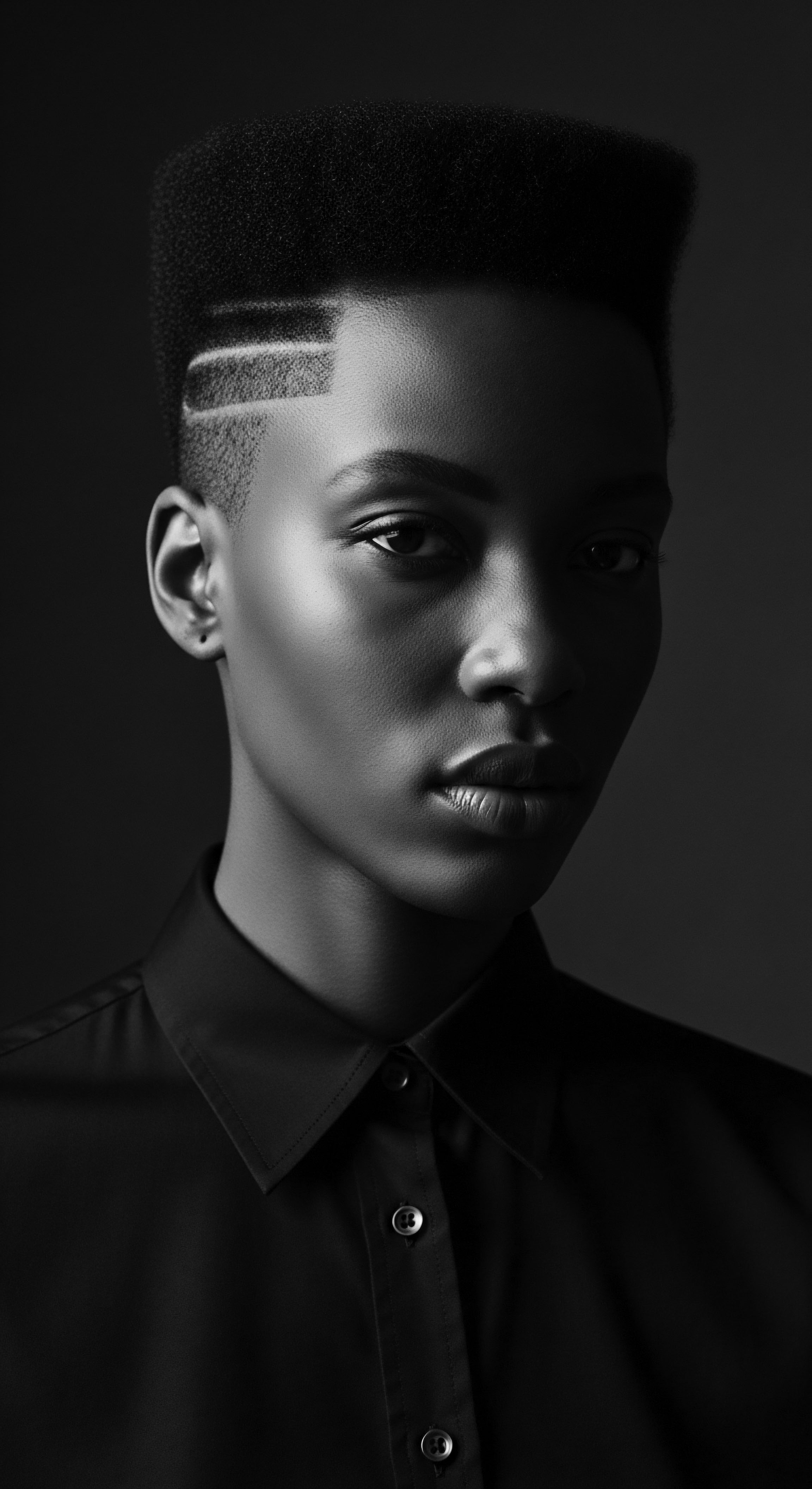
What is sleep’s role in preserving textured hair?
Sleep helps textured hair recover from daily stress, retaining moisture and style through protective heritage practices.
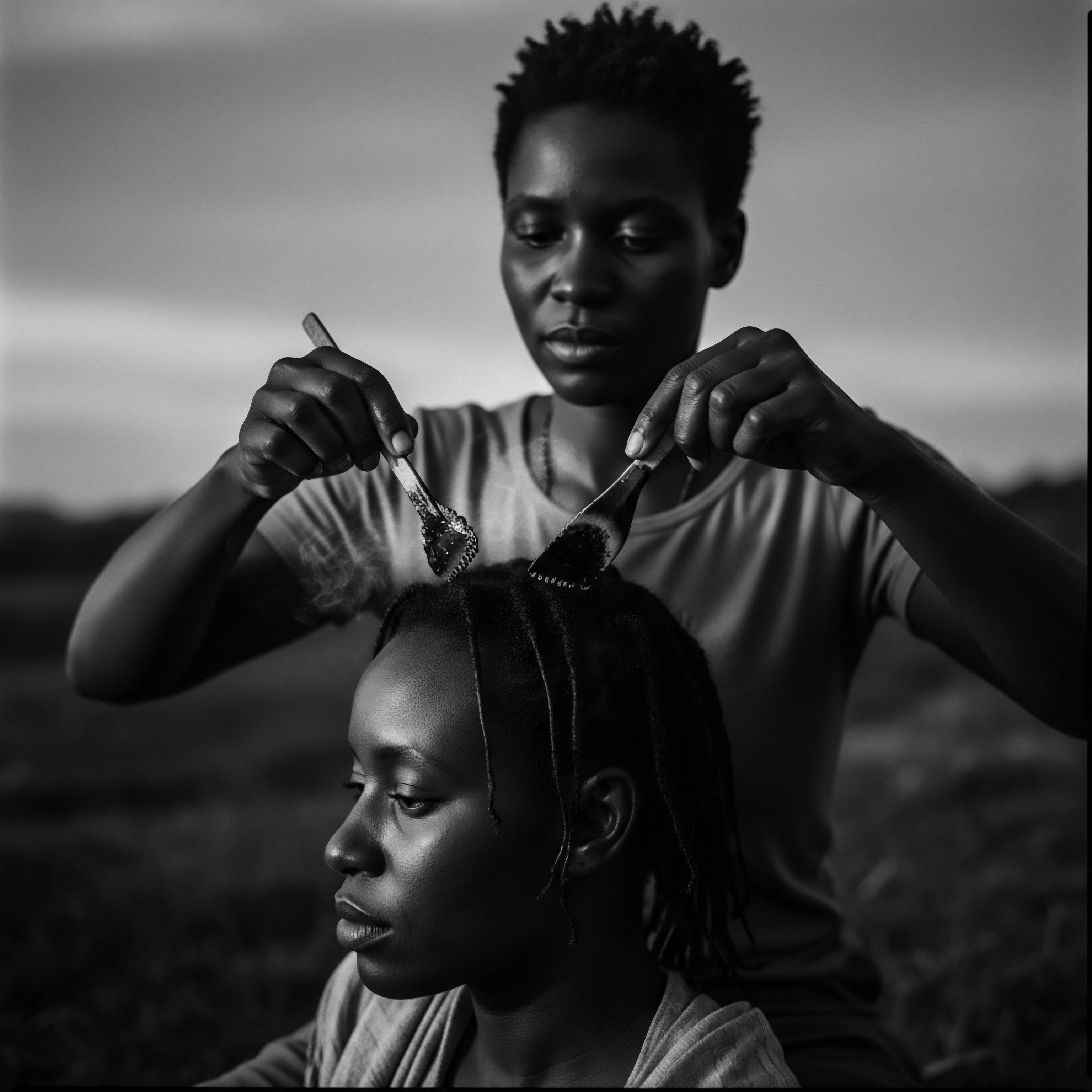
What ancestral practices inform modern textured hair sleep care?
Ancestral practices shield textured hair during sleep through protective styles, natural materials, and communal knowledge passed down through generations.
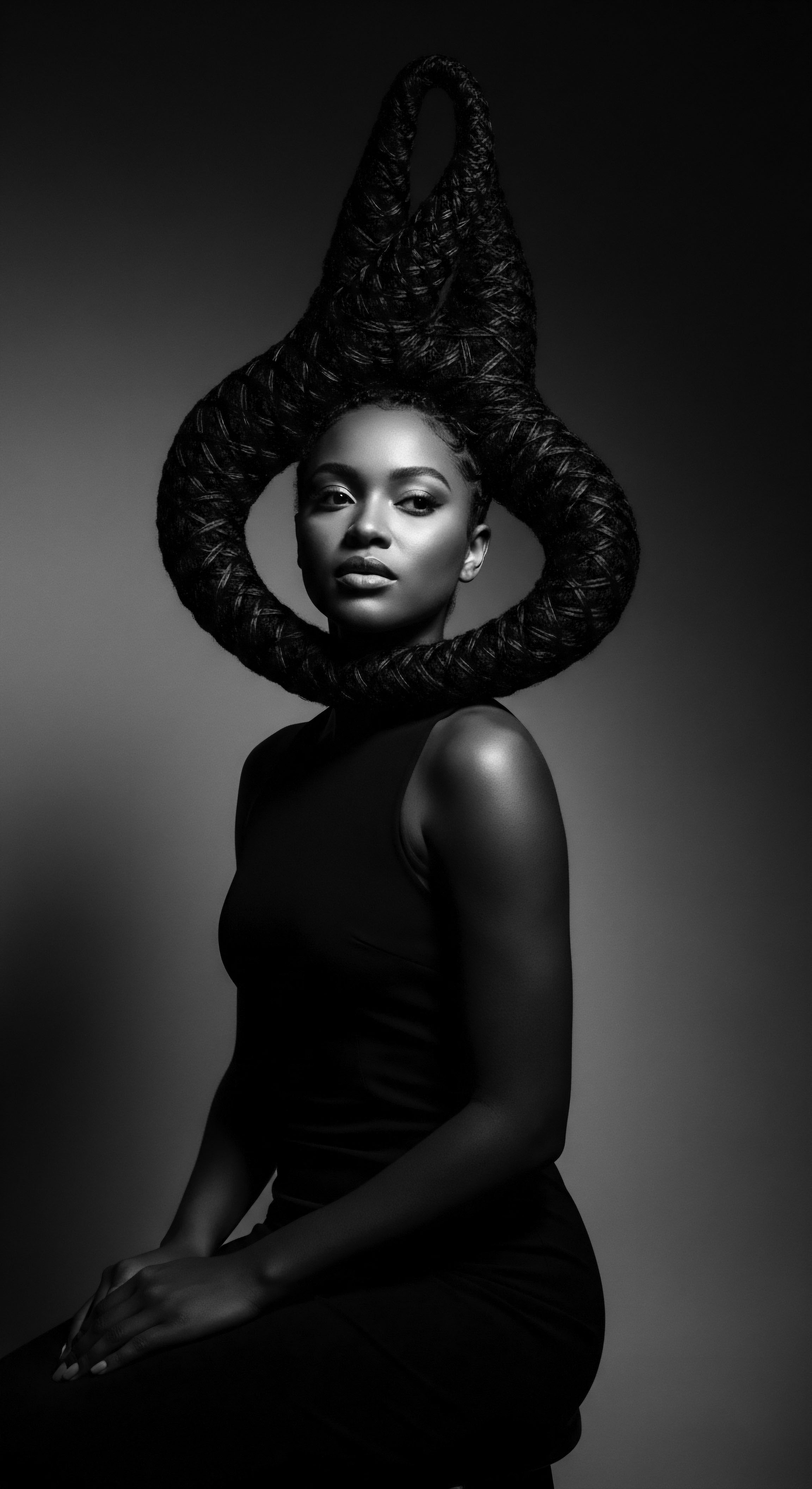
How does sleep impact textured hair’s strength?
Sleep safeguards textured hair strength by supporting its natural repair and protecting its unique structure, honoring ancestral care wisdom.
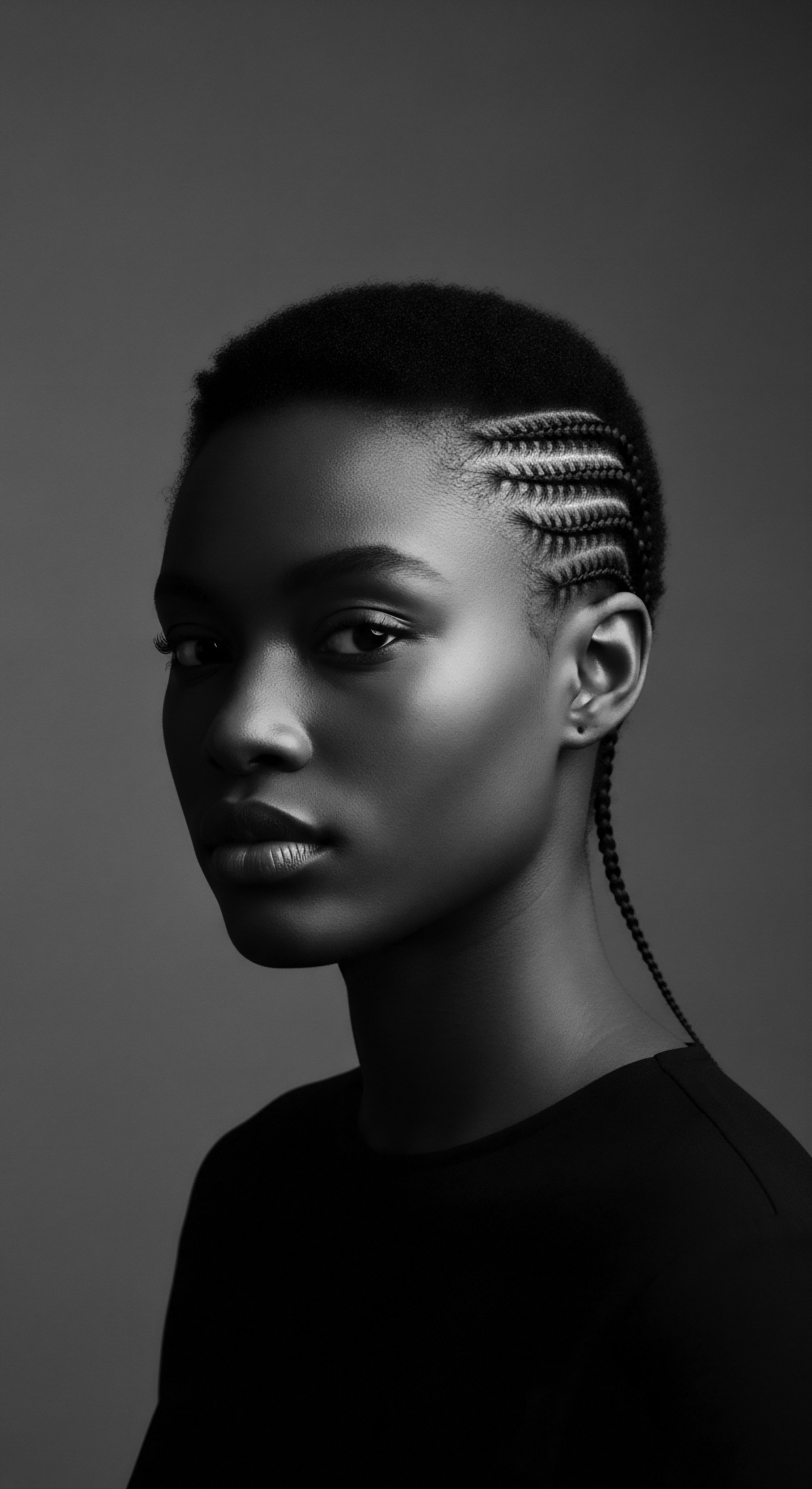
How does sleep affect textured hair health?
Quality sleep supports textured hair health by protecting delicate strands from friction and enhancing cellular repair, deeply rooted in heritage.
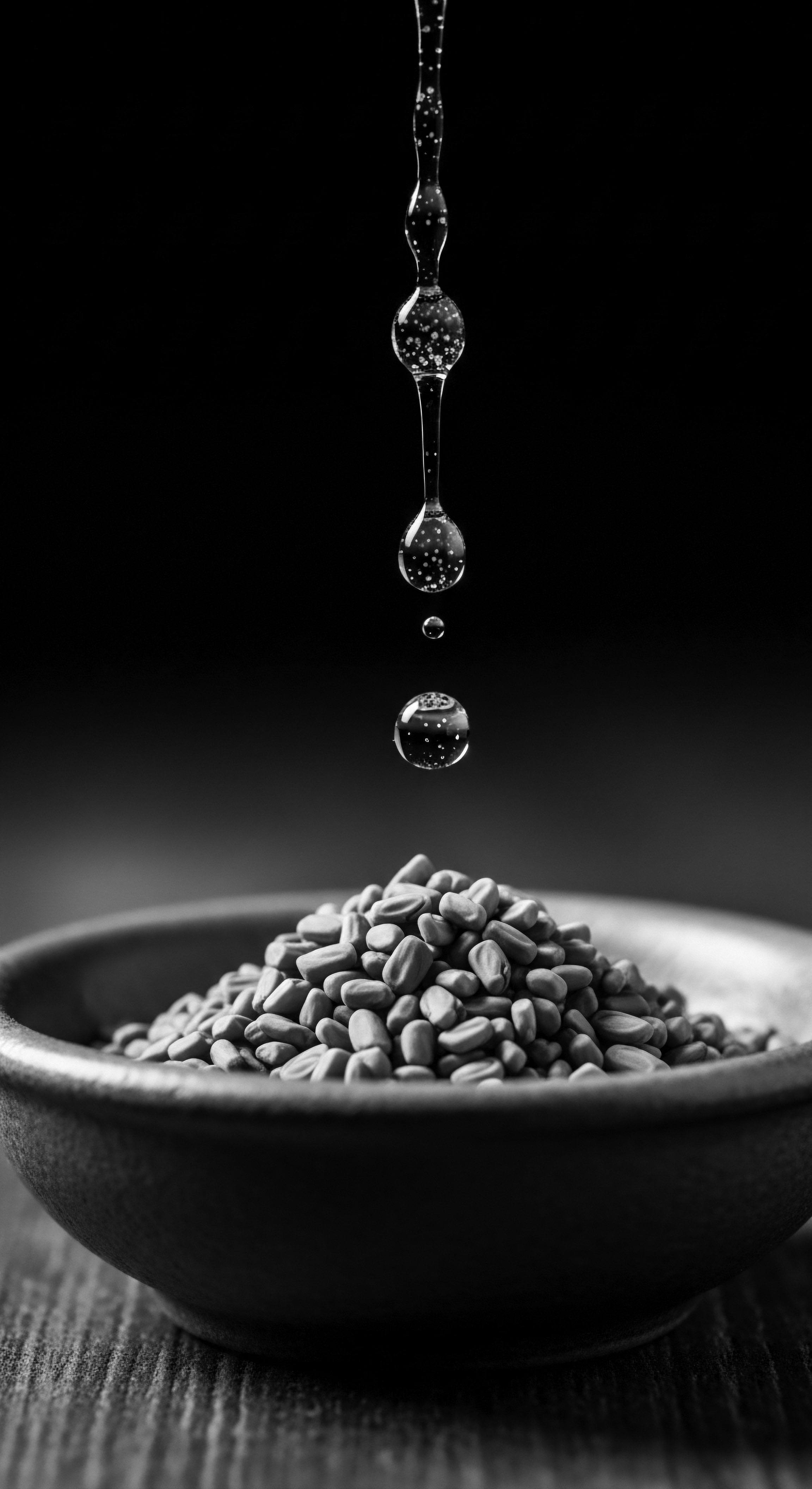
What historical significance do textured hair sleep rituals hold?
Textured hair sleep rituals hold deep historical significance as acts of preservation, resistance, and cultural identity for Black and mixed-race communities.
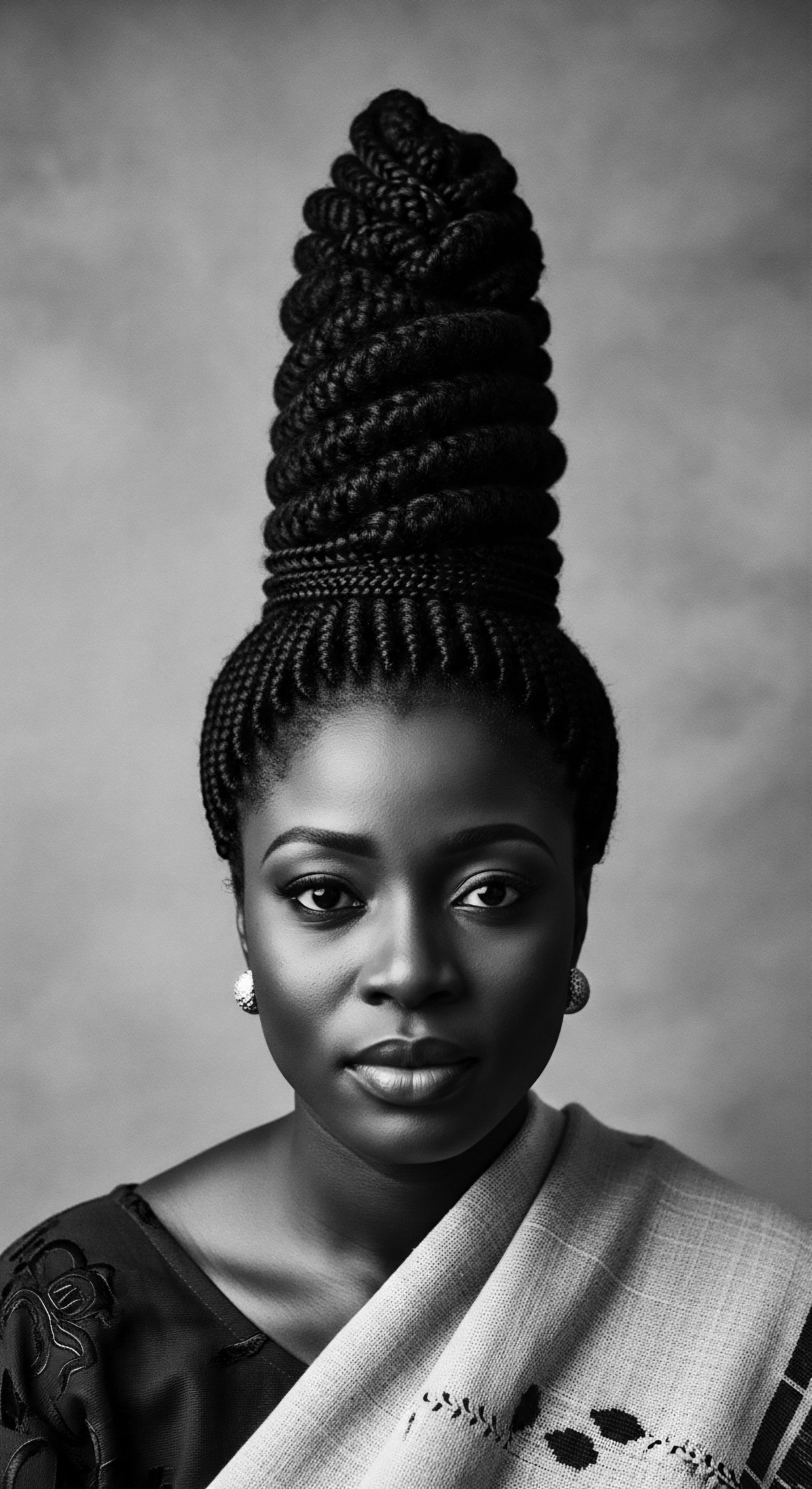
Which fibers were most beneficial for textured hair at night?
Smooth fibers like silk and satin preserve moisture and reduce friction for textured hair, honoring a heritage of protecting coils.
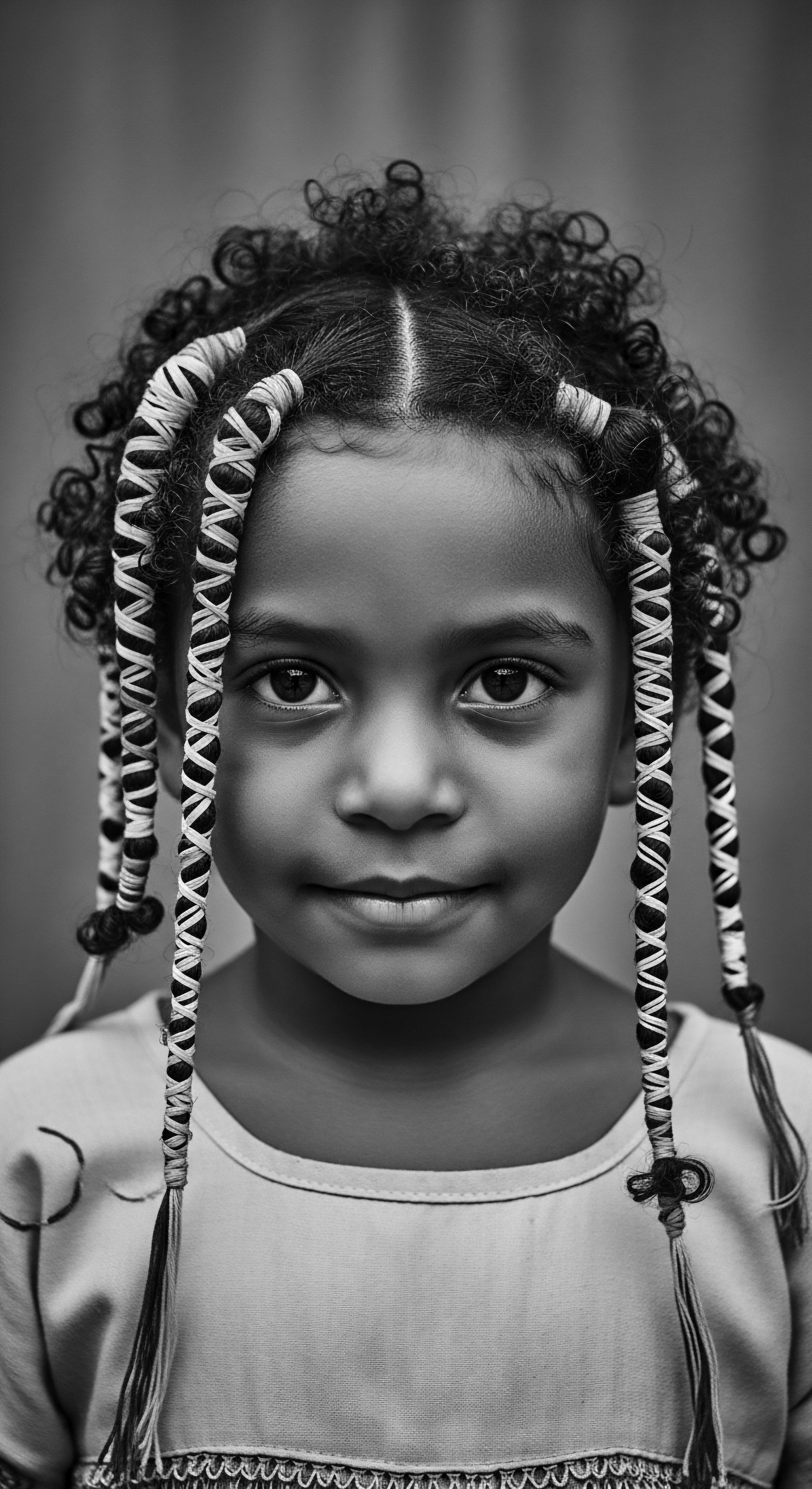
What protective styles are rooted in heritage for sleep?
Protective styles for sleep are heritage practices safeguarding textured hair, reducing friction, and retaining moisture.
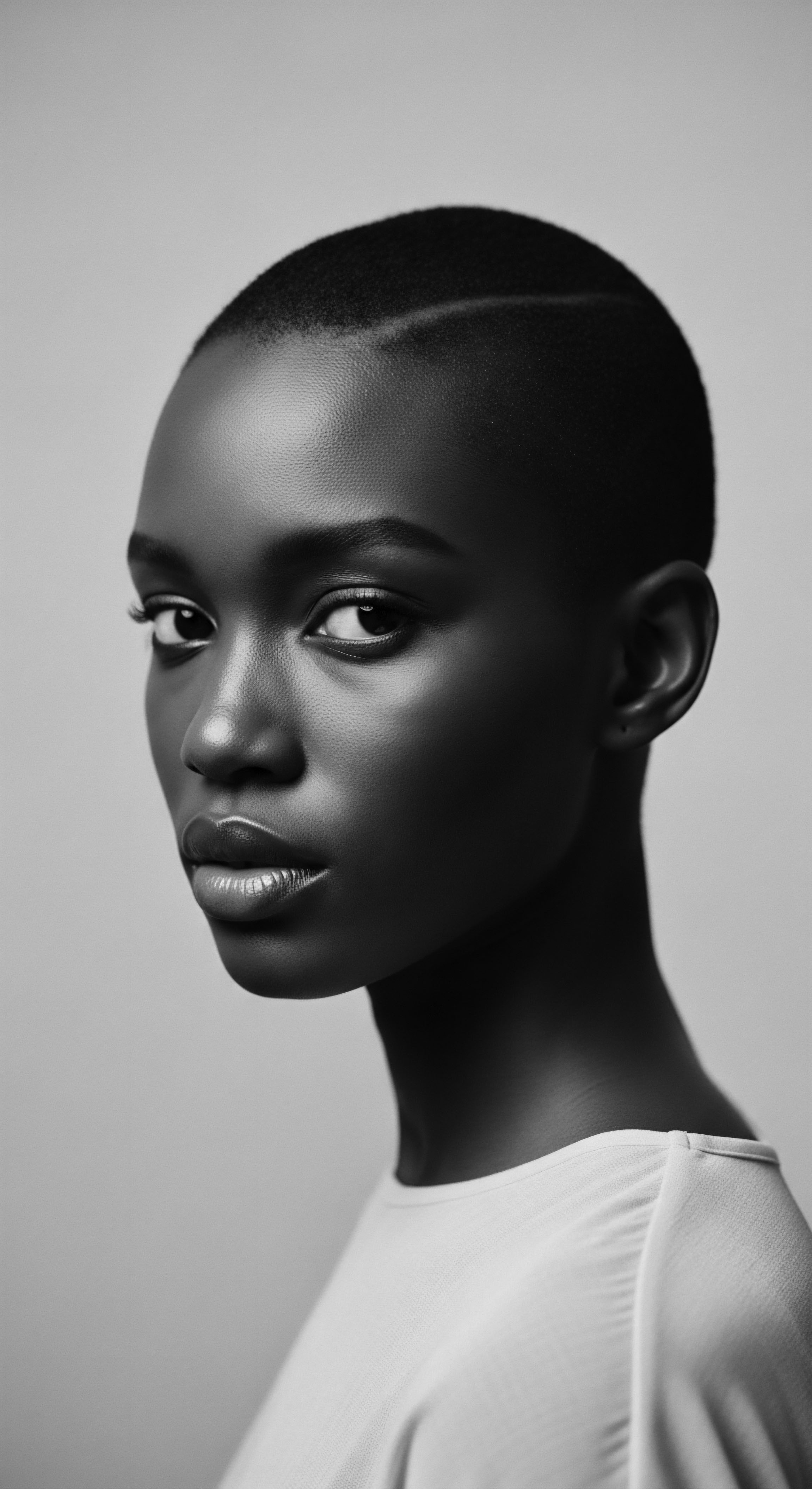
How does modern hair science validate historical sleep practices for textured hair heritage?
Modern hair science affirms historical sleep practices, showing smooth fabrics and protective styles reduce friction and retain moisture for textured hair heritage.
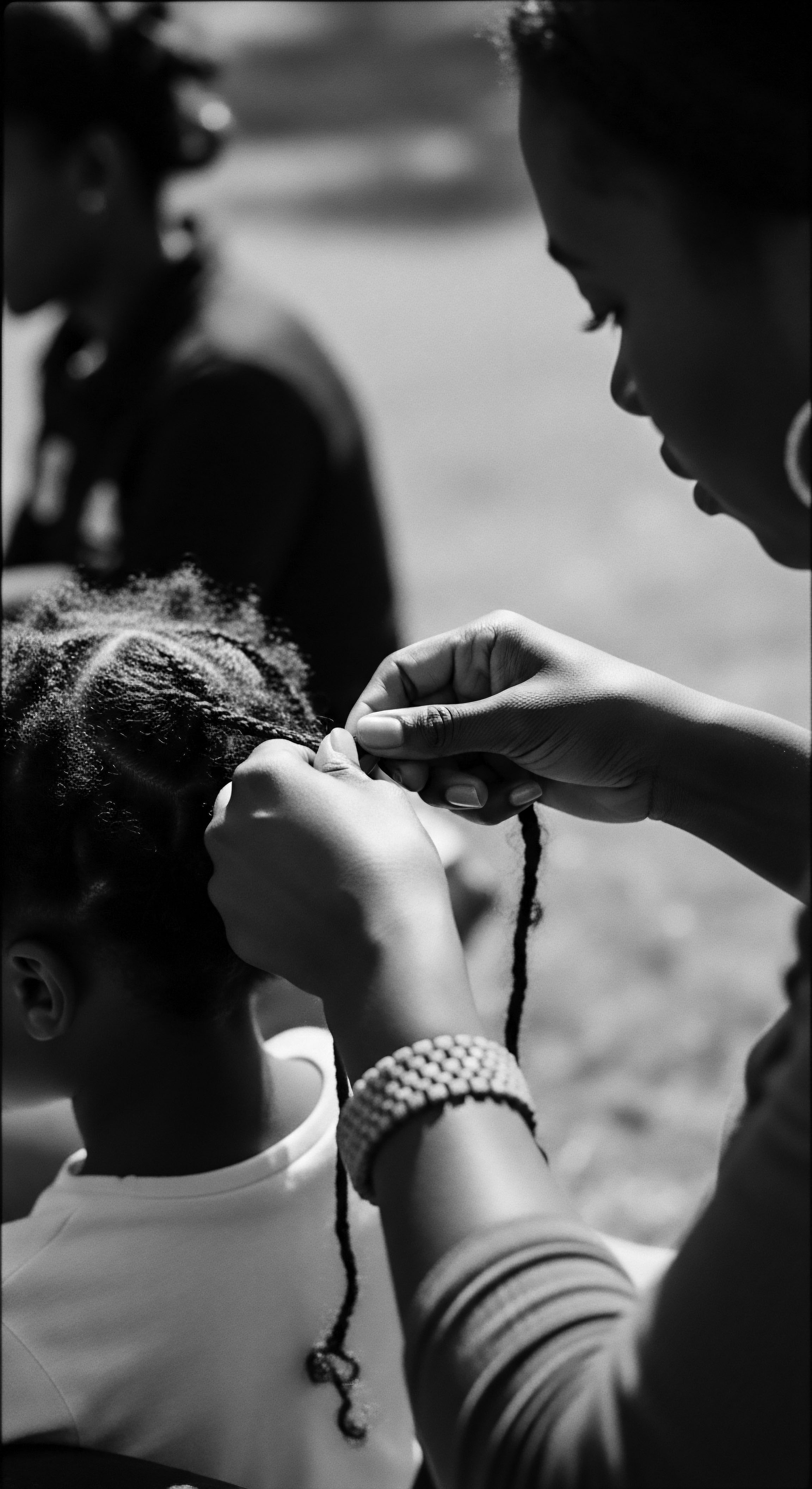
Why do textured hair sleep practices matter for heritage?
Textured hair sleep practices preserve physical hair health and cultural heritage through generations of intentional care.
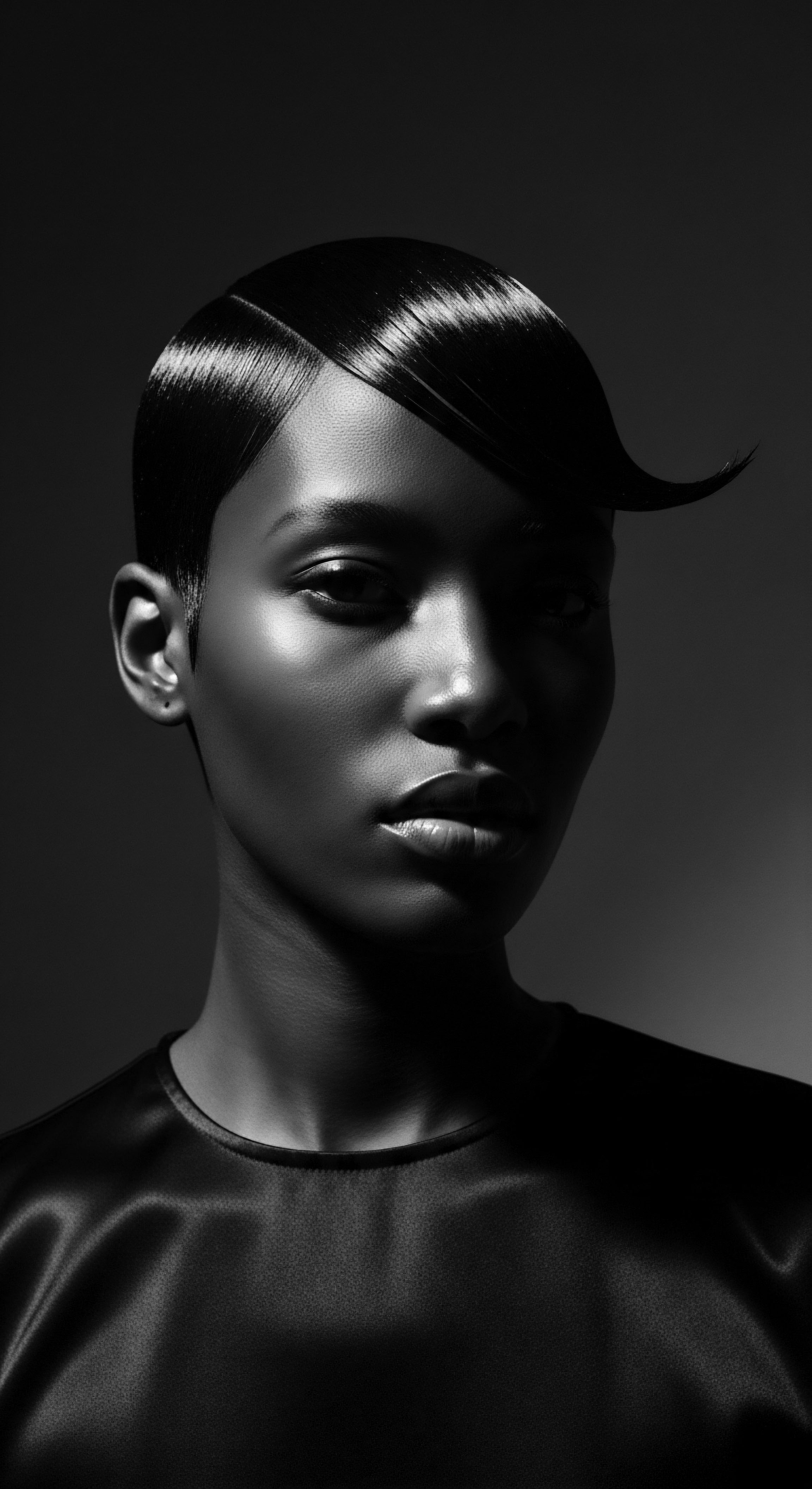
What materials were ancient headrests made from and how did they benefit textured hair?
Ancient headrests, crafted from wood, stone, ceramic, and ivory, elevated textured hair during sleep, preserving intricate styles and minimizing friction.
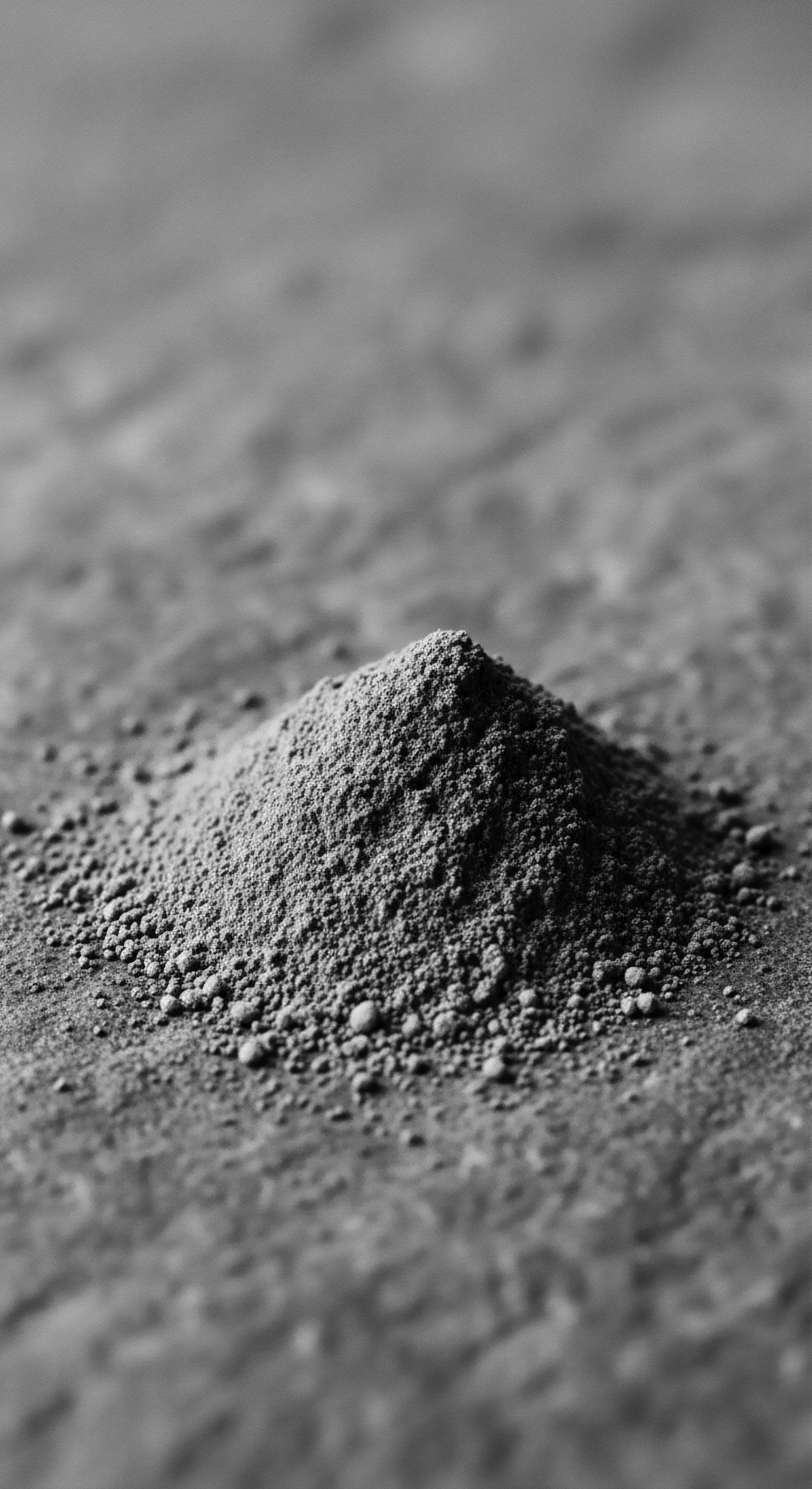
How does restful sleep benefit textured hair?
Restful sleep protects textured hair by fostering cellular repair, hormone balance, and moisture retention, echoing ancestral care traditions.
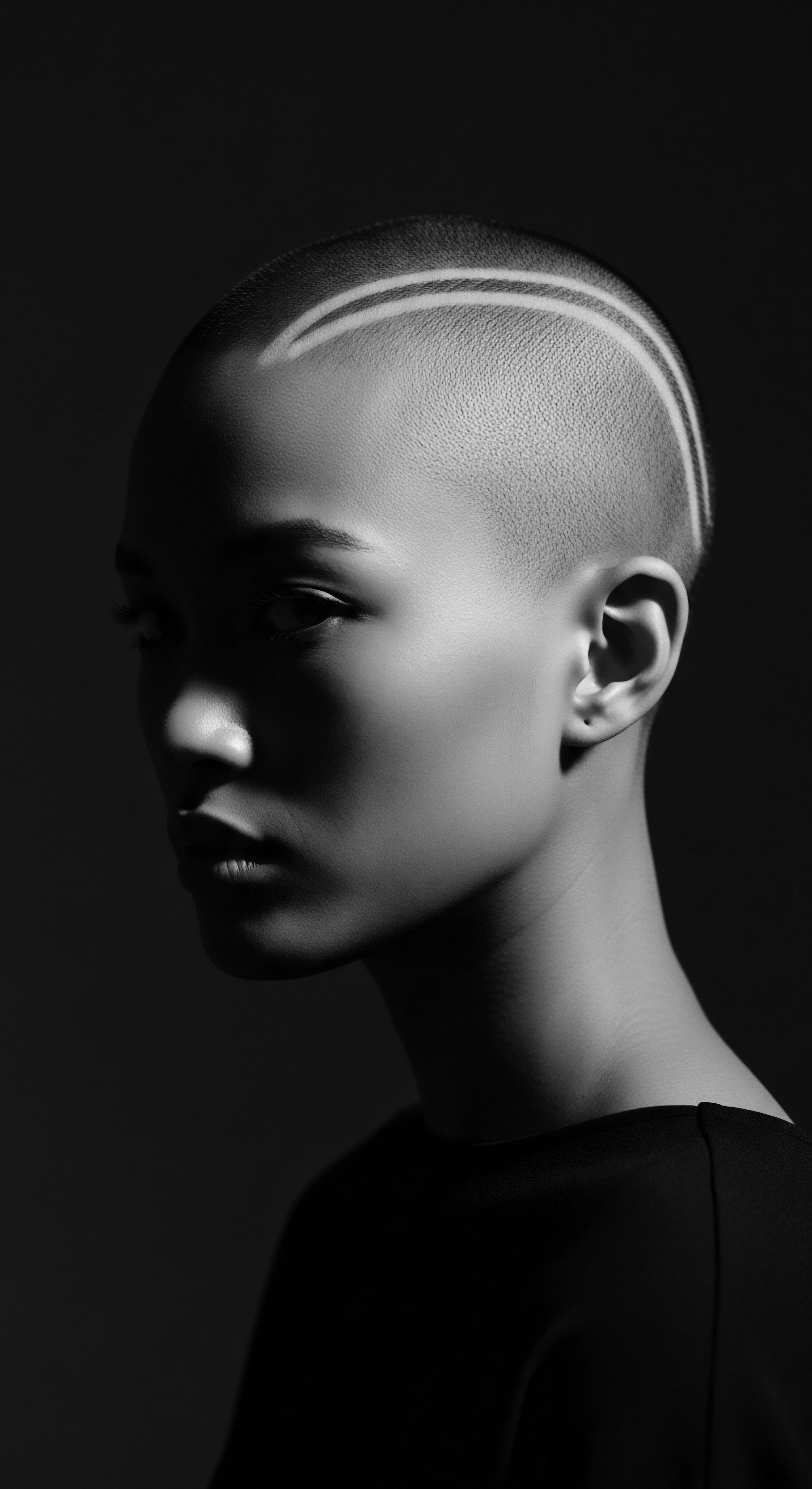
What historical materials were used for textured hair sleep care?
Ancestral practices for textured hair sleep care used headrests and smooth fabrics to guard delicate strands and retain moisture, preserving heritage.
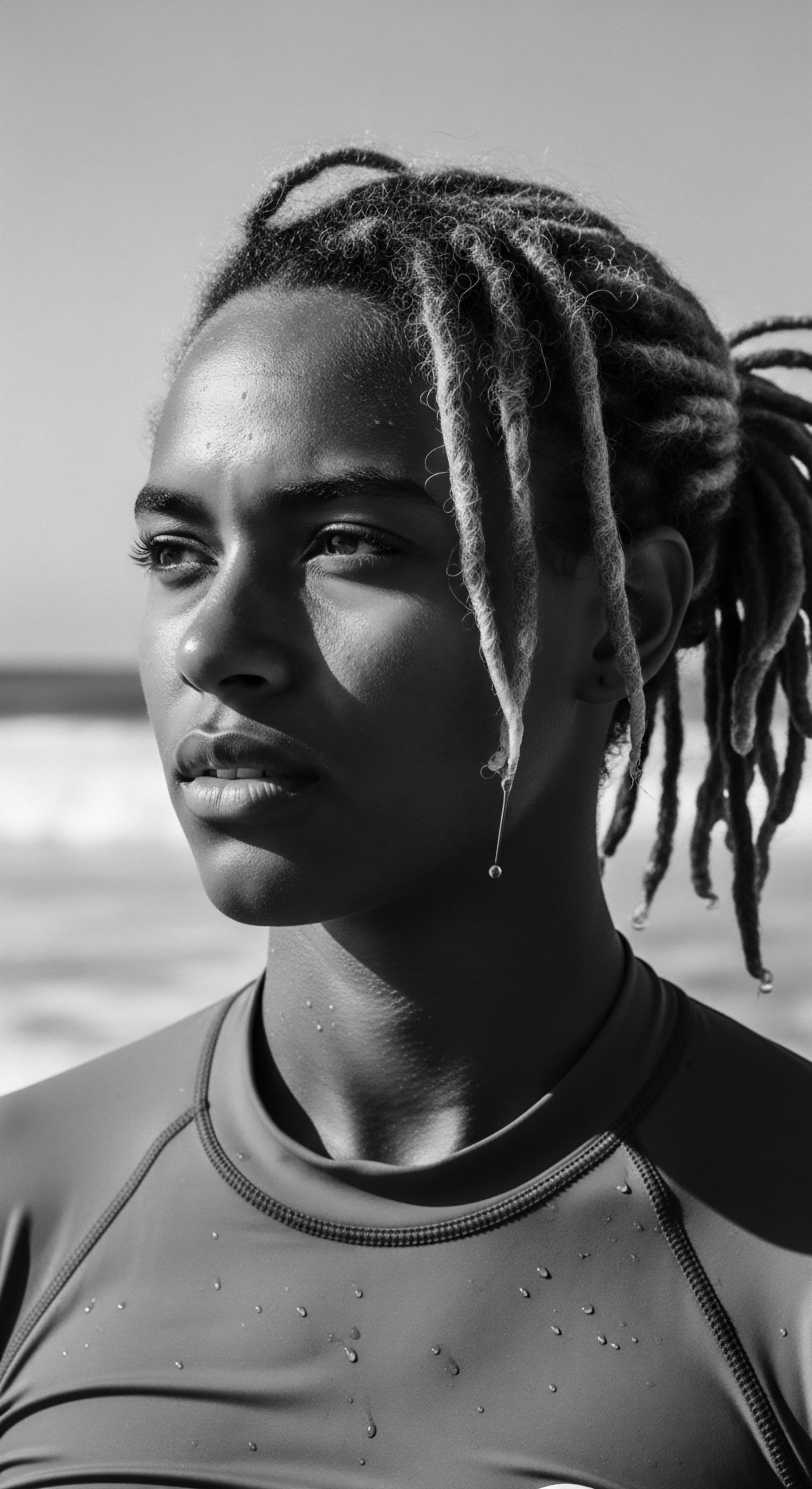
Sleep Care
Meaning ❉ Sleep Care is the systematic protection of textured hair during sleep, honoring ancestral wisdom and preserving its health.
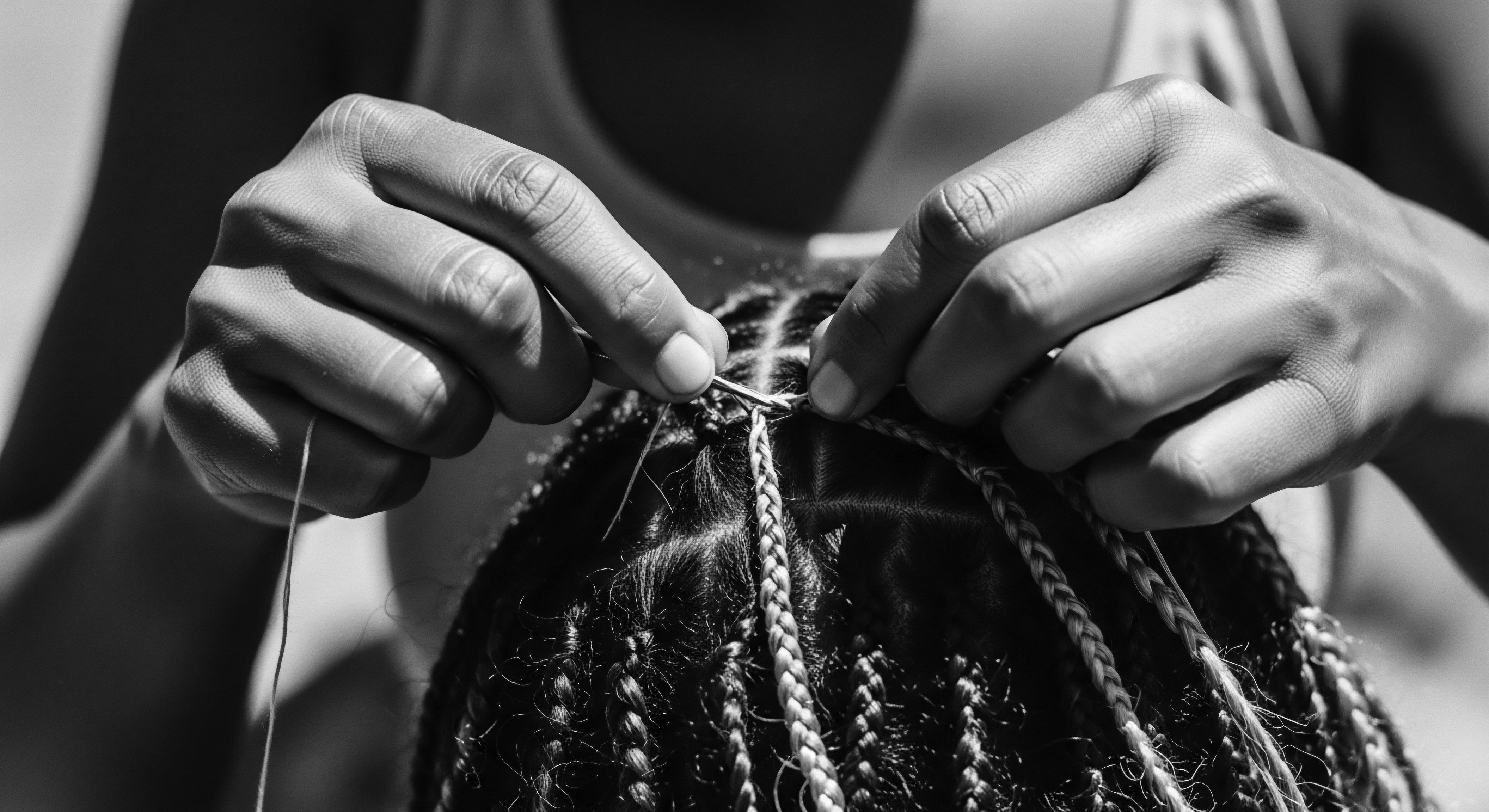
What is the historical link between head coverings and nighttime hair care?
Head coverings for nighttime hair care historically protected textured hair, preserving styles and moisture while acting as symbols of identity and resilience.

